during the Protection has always been man’s need since the first day till now. And as the tools and facilities grow, mankind finds the need to build stronger walls. History has a lot to convey about all kinds of fortifications man constructed effortlessly throughout the ages. Some of its reliable evidence are the great castles, fortresses, and citadels yet-standing in every corner of the world.
And today we are just going to know a few of the MANY! Let’s get to know some of the most outstanding citadels and castles in Iran with their unique architectures. Most definitely the citadels in Iran have gone through a lot during history, so have others.
1. Falak-ol-Aflak Citadel
In the middle of Khoram-Abad town (the capital of Lorestan province) on top of a hill, Falak-ol-Aflak Citadel shines. They also call it “Shapur-Khast Citadel” or “Twelve-Tower Castle”. This citadel in Iran belongs to the Sassanid era (224–651) and now is recorded in the Iran National Heritage list.
Although not all the experts think of this castle as the same Sassanid Shapur-Khast Citadel that was used for governmental and military purposes and a place for Roman prisoners, they all agree that in the fourth century AH, the ruler of Lorestan rebuilt it.
The Structure, made of mud bricks, stone and gypsum, and lime mortar, stands on a hill 40 meters tall. Considering the location some analogize it to Alhambra Citadel in Spain. Secret escape routes and secret passages are some of the stunning features of this erection. Today it has 8 towers, 2 halls, and 300 shelters. The domes are of professional Iranian structures representing the art of bricklaying.
2. Izadkhast Citadel

It is the first multi-story adobe-made building in the world, belonging to Sassanids. And also the second-greatest adobe-made fortress after Arg-e Bam. Izadkhast Castle is located in Fars province, 270 kilometers away from shiraz, on the ancient Silk Road between Isfahan and Shiraz.

*Charles Heath painting of Izadkhast Citadel
It has been nominated to the UNESCO World Heritage Tentative List. The Sassanid castle of Iran is situated on a piece of land, 16 meters higher than the surroundings. Therefore it was not easily reachable for the enemy.
3. Qa’leh Dokhtar
Qal’eh Dokhtar is a trapezoidal castle made by Ardashir I, the founder of the Sasanian Empire (224–651) in 209 CE. Literally, it means the Maiden Castle. According to narratives, Maiden refers to Anahita the ancient goddess of Persia. It is located on a mountain close to the Firouzabad-Kavar road, in Fars province. The Castle expands through the mountain slope. This fortified castle in Iran was to prevent the enemy’s entrance through the Tang-i Ab Valley.

The palace and the belongings cover 2300 square meters. The circular dome of the palace which is partially collapsed is the most amazing part of it. Domes, arches, recessed windows, long halls, and stairways are the features of the Sasanian architecture that you can see here. The building is made up of stones, plaster, and mortar.
Ardashir Investiture Relief is also located on your way from Firouzabad to Anahita Castle.
4. Qa’leh Babak
This fortress is more known due to its ruler, Babak Khoramdin than its architecture or so. Because there is not much left of it. Babak ruled here for 20 years. His fortress was one such as Troy’s. Someone could hardly break in through the walls and conquer the reign. And it is all because of its location on an intense slope of a mountain, similar to a cliff, two thousand and six hundred meters above the sea level.
From the watchtowers, you can see kilometers away and that’s how they could notice the slightest movements in the distance. Due to its location archers, and catapults were no good to fight them.
Materials used for the construction such as mud, stone, mortar, plaster, etc. all are evidence that it is first built in the Sassanid era. In addition to many rooms, halls, and stairs there are some technically-built water reservoirs.
Nowadays many visit this castle of Iran for hiking and mountain climbing purposes. And to enjoy the unique picturesque view of Arasbaran heights, in East Azerbaijan Province, especially the view overlooking the top of the castle. Another attraction on the way is visiting Shahsavan nomads.
5. Zahhak Citadel
Zahhak Castle which dates back to around 2000 BC is located in Hashtrood, East Azerbaijan Province. It was both a government building and a fire temple during the later Parthian era (247 BC – 224 CE). And now many tourists travel a long distance and through the rough passes to visit the castle.

10 kilometers long and 2 kilometers wide, the fortress overlooks cliffs from three sides. Bricks and plaster are the materials used to make the building. Half of the rooms in the fortress are ceilingless digged in the ground and the other half are engraved in the mountain. Most of the latter have a water reservoir inside and niches on the walls.
It is amazing that according to the excavations, they led the mountain-spring water to the fortress by mud plums.

No one knows why they call it Zahhak Castle of Iran. However, Zahhak is a famous name that almost every Iranian has heard about it more or less. And that’s because of the popular story in Ferdowsi’s grand book and the wired features he describes for him. An evil king with serpents growing out of his shoulders that feed on the human brain!!! yah! So STRANGE, I know!!!
6. Alamut Citadel
Although little is left of it, Alamut fortification ruins are one of the most favorite spots for tourists. Unfortunately, we can only see the glory of one-of-a-kind Alamut Castle virtually in photos or as a better option in the movie “Prince of Persia”.
Deep into the Alborz Mountains, you can find the ruins of the fortress nested on top of a hill. It is also known as Hassan Qa’leh, since one day it was Hasan-e Sabbah (1070–1124) and his followers’ shelter. He was the leader of Nizari Ismaili State.

*Alamut Citadel in Prince Of Persia Movie
It is interesting that the fortress survived after the Mongolians’ invasion and was reconstructed a couple of times after but finally collapsed and there is no solid evidence of the true reason.
7. Shush Castle
From the north of Iran, Alamut castle, let’s fly to the south to visit Shush city in Khuzestan province, where a castle with the same name is located. This building has a medieval structure. It is built by the sponsorship of France. De Morgan was the archeologist excavating the area who convinced the French government to go for it.
Shush Citadel is the greatest archaeological excavation site in the Middle East. They have done a great job in using the bricks which were found from Haft-Tappeh and Chogha Zanbil to build it. That’s why you can see inscription-like bricks with Cuneiform writings on the wall.
It is Also known as Akropol Castle of Iran because it is located next to Akropol hill.
8. Rudkhan Citadel
In the heart of the jungles on top of a mountain, at the end of one thousand stone stairs, 700 meters above the sea level, you’ll get to a gate with two watchtowers on the sides, the big gate of Rudkhan Castle.

Qa’leh Rudkhan is a great sample of a smart architecture for defense
and warfare among fortresses. This medieval structure Occupies a 50,000 square meters area and is located in the vicinity of Foman, Gilan province. It hosted the great Gilak warrior, Mirza Kuchak Khan for some time.
This brick-and-stone fortress’s origin dates back to the Sasanian era (224–651) which has endured reconstructions in the Seljuks reign (ca. 1040–1157). To visit the Castle you’d better be physically well prepared since it can be a bit tough to climb up.
9. Karim Khan Arg
Shiraz, the city you should definitely have in your itinerary to visit, is where this unique Arg, proudly stands tall. When you step into the Arg, the different atmosphere of it from any other castle you’ve seen will surprise you.

It belongs to the Zand Dynasty (1751-1794). Karim Khan Zand built it for the royal family. The Arg of Karim Khan is 4000 square meters with a big yard in the middle. Four 14 meters watchtowers, with walls 3 meters thick, 12 meters tall, and a moat all around it are for protection purposes. One of the towers similar to the Pisa tower is leaning and feels really something to watch.
Inside the walls is heavenly pretty. Not only the trees, flowers and water pools but also the rooms are really awesome. Colorful windows, wooden doors, painted walls, traditional architecture, and art, plus the marbles all are like a beautiful dream.
10. Seb Citadel
The next amazing castle in Iran stands tall in Sistan Baluchistan province, in Seb village. In the slang dialect of the area, Seb or Sip means “where rivers flow” or “home of springs”.
27 meters high, Seb is the tallest adobe castle in Iran. The higher the building goes, the thinner it gets. A three-meter wall around the castle and four towers were to protect the fortress.
Clay, cob, palm-tree leaves, and wooden slabs are the materials used in the structure. It originates back to Safavid times (1501–1736) but was also a very important base in the Qajar era (1789–1925).
11. Arg-e Bam
Before the devastating earthquake on December 26, 2003, Bam Citadel was the first-largest adobe building in the world but unfortunately, 80% of it was ruined. Afterward, the castle and the ancient city in the walls of the citadel went through many restorations, and fortunately, most of it is restored.
It is located in Bam city, Kerman province. Although not all agree, some experts believe it dates back to the Achaemenid period (6th to 4th centuries BC). This city has royal and public zones located amid the walls of the fortification.
The shocking news was when about 60 mummies were found in the ruins after the earthquake. They say they were embedded in the walls. These mummies were only infants, and stranger they were all male. Not long after, they found two adult mummies, also. Yet no one has found any reliable answers for the questions at hand.
There are a lot of stories about this citadel in Iran. That’s so even Ferdowsi, the great Iranian poet conveys a story about it in his Great Persian Book, Shahnameh.
12. Arg-e Rayen
As it seems Rayan Citadel and Izadkhast Fortress, both are the candidates of the second-largest adobe building after Arg-e Bam, before the earthquake. Up to 150 years ago people lived in this more-than-1,000-years-old Arg.

During the eras, many called this Citadel “Impenetrable Fortress”. Narratives say this glorious structure begun standing in pride in the heart of the deserts sometime before the Sasanids. Today to visit the glory of this fortification you should visit, Kerman Province, Rayen city. It covers an area of 22 thousand square meters.
13. Portuguese Citadel of Hormuz
On the northernmost point of Hormuz Island, the Portuguese fortress is struggling to stand tall. The outstanding attraction of the island dates back to the 16th century when the Portuguese colonized the Persian Gulf.
Commander Afonso de Albuquerque believed the country that possessed the three strategic spots, Hormuz, Malaga and Aden would rule the world’s trading business. That’s why he conquered the Strait of Hormuz and had his men build the fortress. It took them 30 years to finish. Finally, the fortress was their Naval Command Headquarters in the Persian Gulf.
The strong walls of the fortress are up to 3 meters thick with 12-meter watchtowers that now only some pieces are struggling to survive. In the 2 thousand square meters area of the fortress, there is an arms depot, water reservoir, barrack, prison, church, command center, and central hall. The rusted Cannons are yet pointing to the sea waters. You might find it interesting that the castle’s clock and its church bell, today, are in Naghsh-e Jahan Square.
The water reservoir is inside the castle and it saved the rainwater to drink. Besides, the higher you can climb up the fortress the more wonderful views of the island, the village, rugged mountains, and the blue of the Persian Gulf you can enjoy.
14. Narin Castle
Close to Meybod’s Shahrdari Square, Yazd Province, a very ancient crumbling castle has yet survived to make us admire our ancestors. It’s not for sure but some experts date it back to pre-Islamic history. However the engraved pottery, found there, belongs to the Elamite era, and this makes it more challenging to tell the exact origin of the castle. Anyway, during the ages, different kings added parts to it.
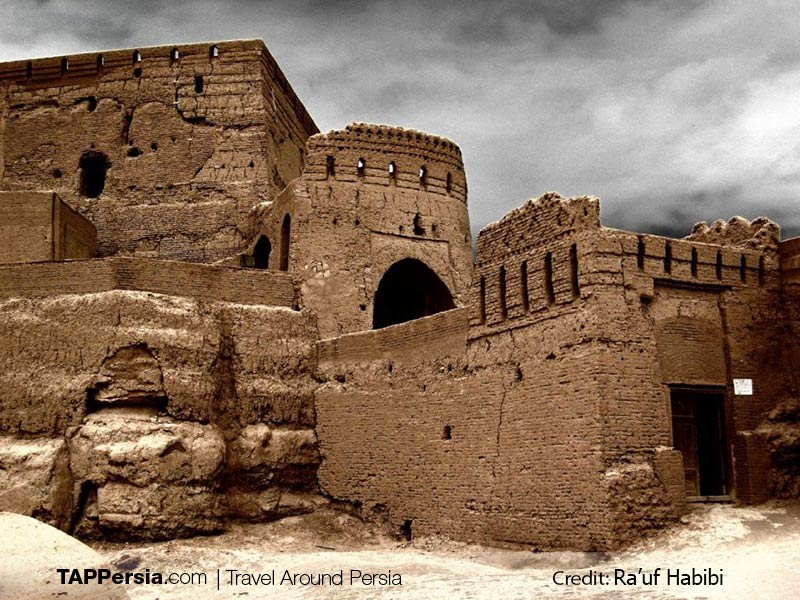
Like Arg-e Bam the fortress is made of adobe. It has royal and public zones, watchtowers, moats, underground passages to carry food, water, etc. . The castle is a three-floor building. People needed to pass through the winding path to get to the royal palace.
From the top of this National Heritage Castle of Iran, you can see the old traditional rural Meybod and on the other side the newly-made urban Meybod.
15. Iraj Citadel

Many say it belongs to the Sassanid Dynasty (224–651), however, archeologists found some stuff with the age of more than 3 thousand years. Ferdowsi in his book, Shahnameh talks about a semi-mythological dynasty called Kayanian. Some say the Fortress belongs to their era.
Iraj Fortress includes a very big area with the length and width of 1,440 meters and 1280 meters. Yet today, considering the erosions over the years the walls are about 16 meters tall and 17-22 meters thick. So far from 112 watchtowers, only 2 remains. Despite the huge architectural considerations for the walls, no buildings are amid them. Some declare it was once the largest military fortress of the time.
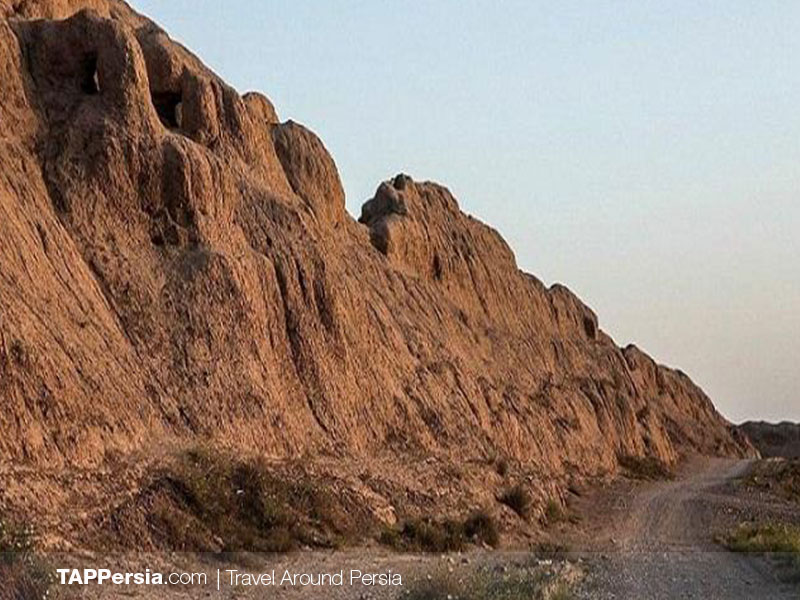
The main ingredients of the structure are adobe and mud. The excavations show the fort was abandoned shortly after they finished the construction. Yet none of this information is definite and uncertainties still remain.
It is located in Pishva city, close to the gates of the old Rey, Tehran Province. The locals call it Gabri fort. Today it is a place for the farmers where they grow their crops.
Final Words
Just one last tip that most of these outstanding man-made structures were built on or close to the Silk Road.
Anyways still, mankind finds himself desperate to protect himself. It’s just that the mind games are taking the place of the tall adobe-walls. Anyway, we read about our kinds’ history to learn and to grow, this time by learning about the greatest castles, fortresses, and citadels of Iran.
If you have enjoyed the article, please leave us a comment and let us know. And in case you need any more information, our tour leaders would be more than happy to answer your questions.















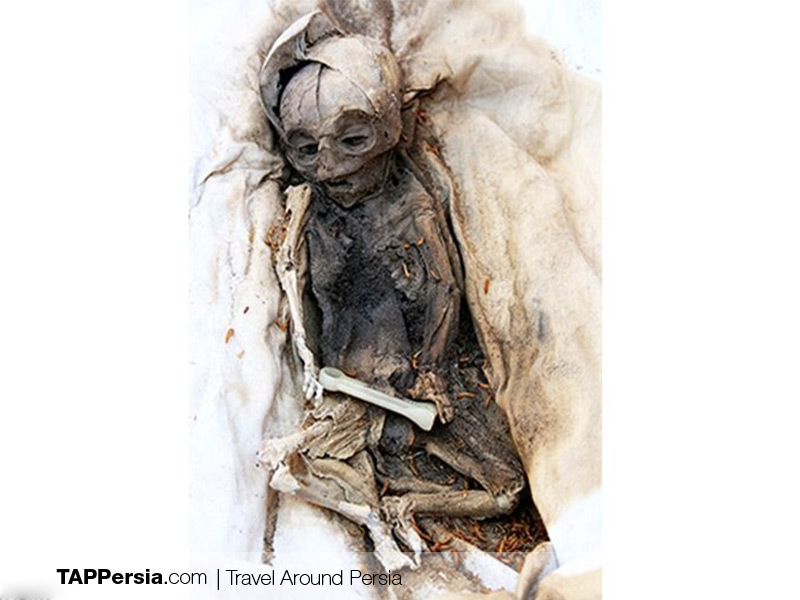




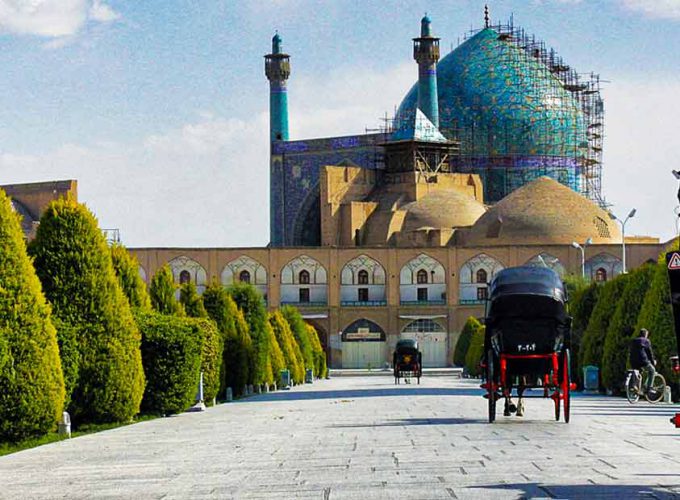
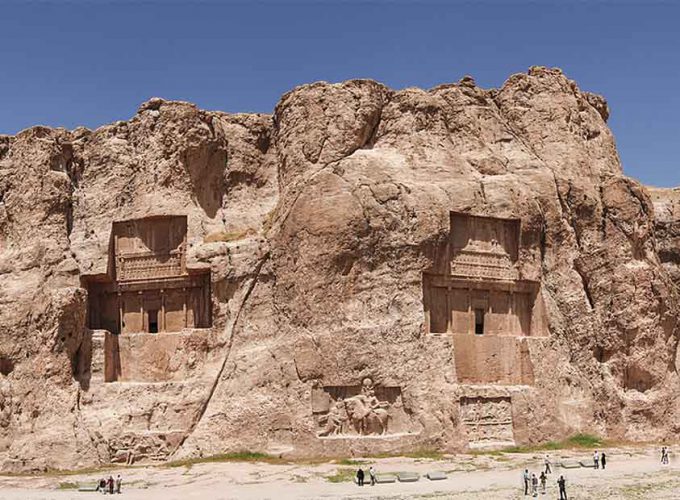
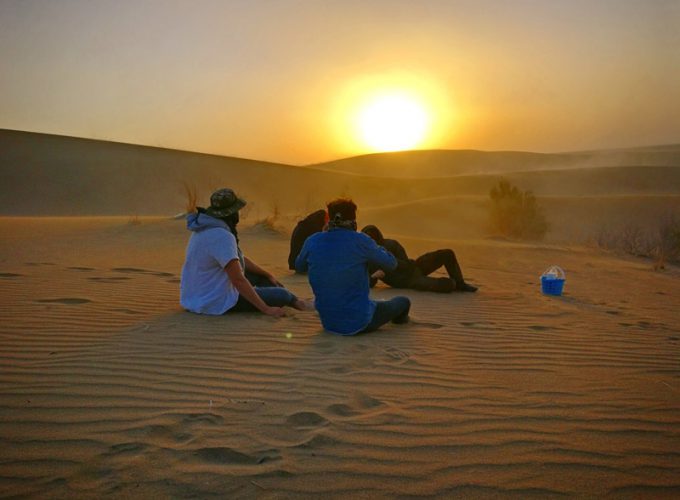
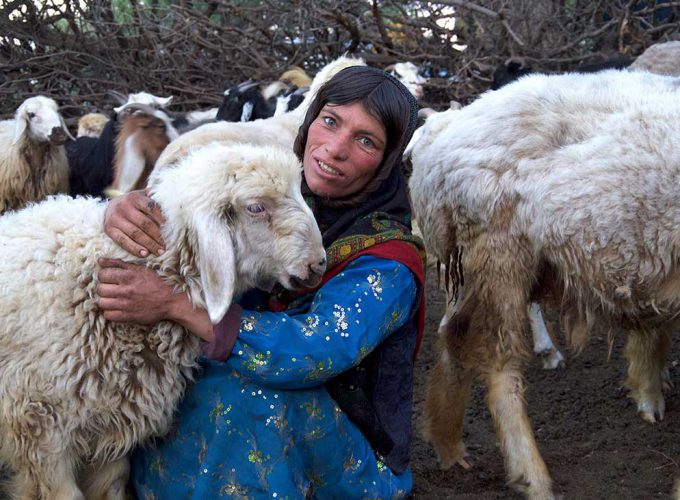
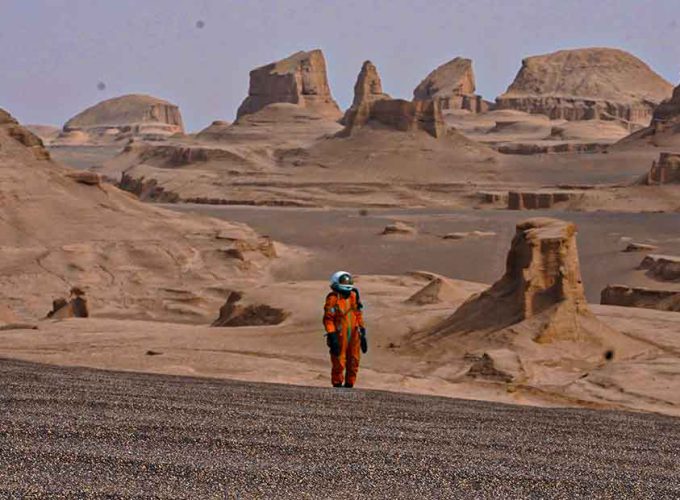



Comment (0)